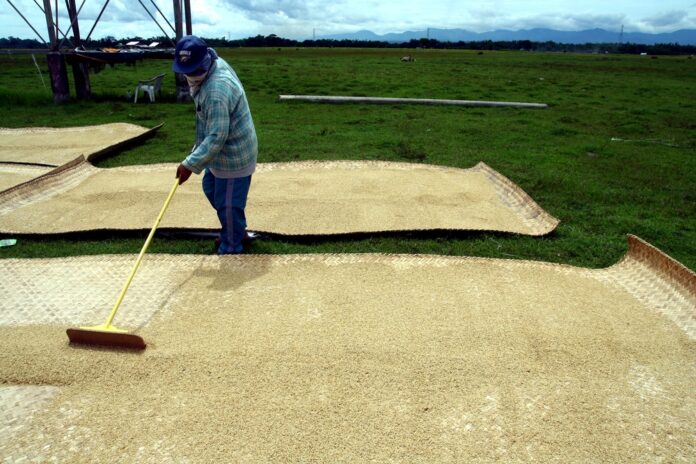Palay production in the first half of 2025 is estimated to have reached 9.08 million metric tons, up 6.4 percent from 8.53 million tons in the same period last year. Favorable weather conditions and continued government assistance appears to have driven palay output higher.
Data from the Philippine Statistics Authority (PSA), gathered during the first 10 days of July, showed palay output in the second quarter rising 14 percent year-on-year to 4.69 million tons. Planted area also expanded by 9.2 percent to 972,882 hectares, largely due to a significant increase in rainfed areas.
For the first half, total area planted to palay rose 2.7 percent year-on-year to 2.12 million hectares.
With the first-half harvest typically accounting for 40 percent of annual palay output, the January–June figures suggest full-year production could exceed the Department of Agriculture’s target of 20.46 million metric tons. This would surpass the all-time high of 20.06 million tons posted in 2023.
Palay production last year was hampered by alternating El Niño-induced drought and La Niña-related flooding, declining to around 19.09 million tons.
Corn output also saw gains, rising 5.2 percent in the first half to 3.9 million tons, fueled by a 27 percent surge in second-quarter production to 1.5 million tons. This more than offset a 5 percent decline in the first quarter.
Despite a double-digit increase in second-quarter corn hectarage, total area planted in the first half slipped slightly to 1.049 million hectares from 1.052 million a year ago.
Rice and corn remain key contributors to agricultural growth, a sector that accounts for roughly 10 percent of gross domestic product and employs two in every 10 Filipino workers.







